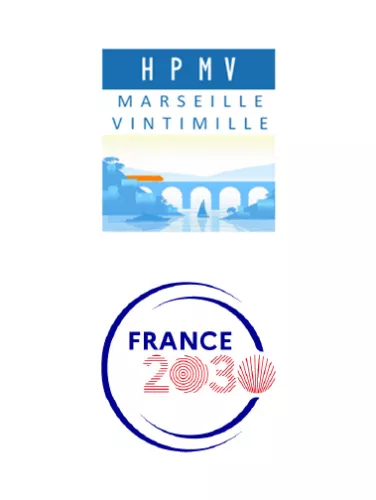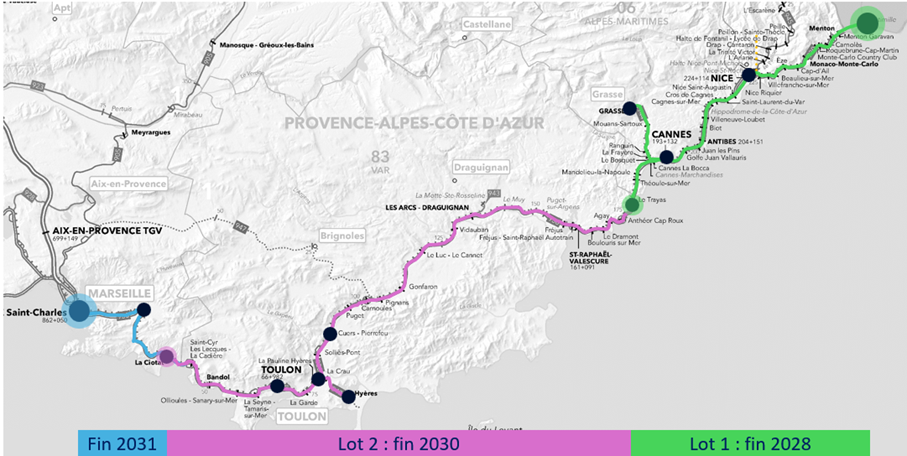Project phases
The project will be rolled out in three phases:
- Phase 1: Théoule-sur-Mer/Grasse to Ventimiglia | Scheduled commissioning: End of 2028
- Phase 2: La Ciotat to Théoule-sur-Mer | Scheduled commissioning: End of 2030
- Phase 3: La Ciotat to (but not including) Marseille Blancarde | Scheduled commissioning: End of 2031



